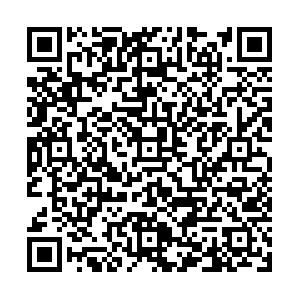Abstract:
Objective To analyze the crisis management combined with integrated first aid model for the prognosis of patients with acute ischemic stroke.
Methods A total of 65 patients with acute ischemic stroke admitted to our hospital from January 2018 to July 2018 were selected as the control group by the convenience sampling method, and 82 patients with acute ischemic stroke admitted to our hospital from October 2018 to April 2019 were selected as the observation group. The patients in the control group were treated with the conventional mode, and the observation group were with the crisis management and seamless first-aid mode. Retrospective analysis of the time used in the first aid of 2 groups, the neurological function and daily living ability of the patients were evaluated according to stroke scale(NIHSS) and daily living ability scale(BI index), and the nursing satisfaction of the patients in the 2 groups was calculated.
Results The time from admission to CT examination, from the end of CT examination to the beginning of thrombolysis and DNT time(time from visit to intravenous thrombolytic drugs) in the observation group were shorter than those in the control group, with statistically significant differences(all
P<0.05). At discharge, NIHSS of patients in the observation group was lower than the control, and BI index was higher than the control, with statistically significant differences(all
P<0.05). The nursing satisfaction of patients in the observation group was 97.6%(80/82), higher than 89.2%(58/65) in the control, the difference was statistically significant(
P<0.05).
Conclusion Crisis management combined with seamless first-aid mode can shorten the treatment time of patients with acute ischemic stroke, improve their neurological function and daily life ability, and improve nursing satisfaction, which is worthy of clinical application.

 点击查看大图
点击查看大图



 下载:
下载:
